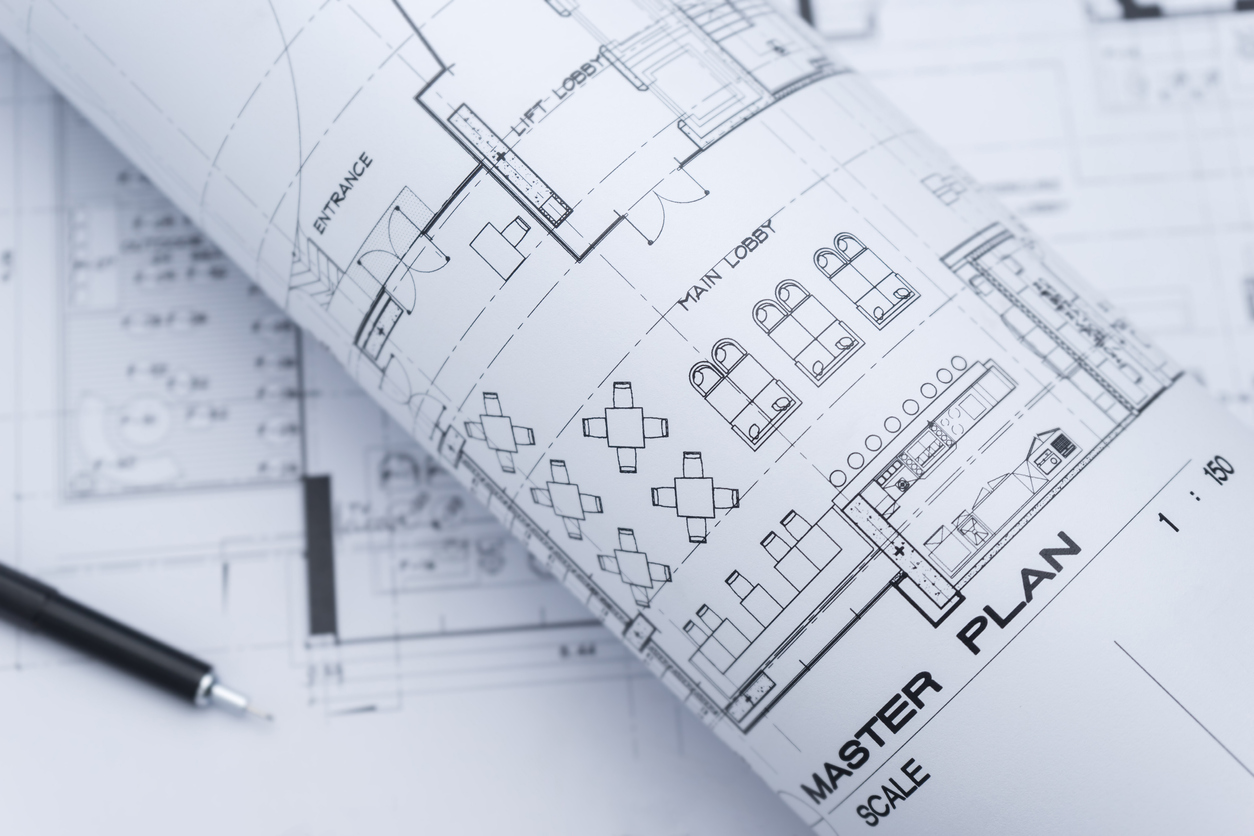
How many times have you heard something like this before: “Why are people still following the old process? Didn’t they attend training?” Training is not an event. Learning a new behavior happens over time. It’s a process. Instructional designers help architect the learning process using a collection of tools to create a structure to support the desired behavior.
The best way to architect the learning process is to put yourself in your learner’s shoes.
It’s important to understand a learner’s daily routine and know where the desired behavior intersects. The “intersection” is the moment when the learner must choose a direction.
- Will they choose to go back in the direction of their familiar, comfortable behavior?
- Or will they choose the new and uncomfortable direction and use the new behavior?
That intersection is exactly where you need to put a buttress. If you identify that intersection moment, and design a support mechanism to encourage the new behavior, learners will be more likely to exhibit that behavior at each intersection. Soon it will become a familiar and comfortable behavior for them.
Choosing the best support depends on the situation. Here are a few ideas:
- New system training? Where do users tend to get stuck? Consider providing job aids or online contextual guidance for just-in-time help. Make sure Super Users are easy to reach for more complex questions.
- New process? Where does it differ from the old one? Add visual cues at intersections to guide the way. You can also create a community of practice where learners support and learn from each other. This improves performance and helps them understand that they belong to something important to the organization.
- New leadership behavior? A mentor or coach can provide real-time feedback and reinforce the application of the learning. Include the desired behavior on performance appraisals and consider incorporating a reward system.
Behavior change requires many interventions, used over time. As an instructional designer, you are the architect. Know your learners. Understand how the change will impact their world. And use the tools available to build a learning experience that guides them through the learning to performance. Soon the new behavior will feel like a natural part of their day.




